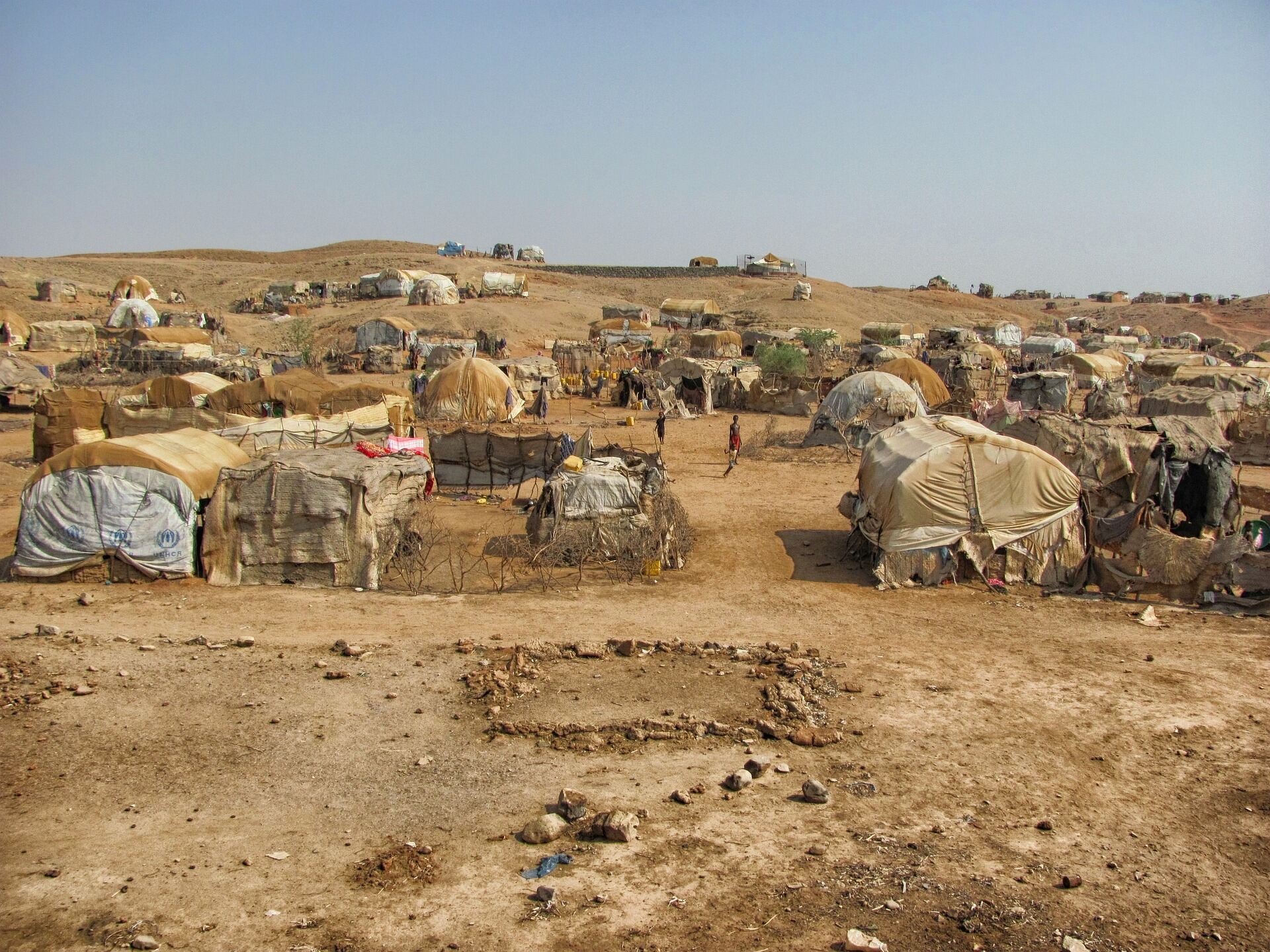Publication: "Green Criminology for Mexico: Development of a green perspective in the Mexican criminological heritage"
Member of the CEESP's Green Criminology Specialist Group publishes the book "Green Criminology for Mexico: Developing a Green Perspective in Mexico's Criminological Heritage"
By José Luis Carpio-Domínguez, CEESP Specialist Group on Green Criminology member and research professor at the Universidad Autónoma de Tamaulipas (UAMRA) México and by Inés Arroyo-Quiroz, CRIM-UNAM Mexico, co-Chair del IUCN CEESP Specialist Group on Green Criminology.
Mexico is one of the most biologically diverse countries in the world, where ecosystems, biodiversity, geography, culture, and productive systems coincide. However, phenomena such as deforestation, illegal wildlife trafficking, illegal fishing, and water, soil, and air pollution, among others, in addition to lax enforcement of legislation and the lack of governmental interest in socio-environmental conflicts, generate situations of environmental vulnerability, fostering the presence of environmental criminal activities.
To frame these criminal phenomena from the epistemological framework of green criminology, Dr. José Luis Carpio Domínguez of the Universidad Autónoma de Tamaulipas in Mexico published the book " "Green Criminology for Mexico: Development of a green perspective in the Mexican criminological heritage" in which he rescues the main theoretical and practical contributions of green criminology considering the enormous Mexican and Latin American criminological heritage to frame the contributions on green criminology that have been developed in other parts of the world and that now appear in Mexico not only from criminology but from the natural and environmental sciences.
The book aims to support the understanding of the scope of the green perspective of criminology in Mexico, considering the natural, social, economic, political, and legal context of the country. In addition, it is not only addressed to criminologists but also to professionals from other disciplines who seek to orient their knowledge to the understanding and prevention of environmental crimes and offenses; it contains basic information on criminology and explains in general terms what and how criminology analyzes green or environmental criminal phenomena.
This book is derived in part, from guidance and feedback from other members of the CEESP Green Criminology Specialist Group (IUCN): Dr. Inés Arroyo Quiroz (Mexico) and Dr. Jesús Ignacio Castro Salazar (Mexico) and the foreword was written by Dr. Rob White (Australia). The book stands out for being a completely free work so it can be downloaded or read online at the UAT Books portal (https://libros.uat.edu.mx/index.php/librosuat/catalog/book/317). In addition, the book aims to promote and facilitate education on environmental crimes and damages in the curricula of sciences related to the study of socio-environmental conflicts.
La Universidad Autónoma de Tamaulipas ha promovido los espacios institucionales y académicos para fomentar la criminología verde no sólo a nivel teórico, sino en la capacitación de nuevos criminólogos conscientes de la realidad social en materia de criminalidad y delincuencia ambiental y ha promovido espacios de difusión y divulgación de la criminología verde que se materializan en esta obra.
Carpio-Domínguez, J. (2023). Criminología verde para México: Desarrollo de una perspectiva verde en la herencia criminológica mexicana. México: Universidad Autónoma de Tamaulipas-Tirant Lo Blanch. https://doi.org/10.29059/LUAT.317



